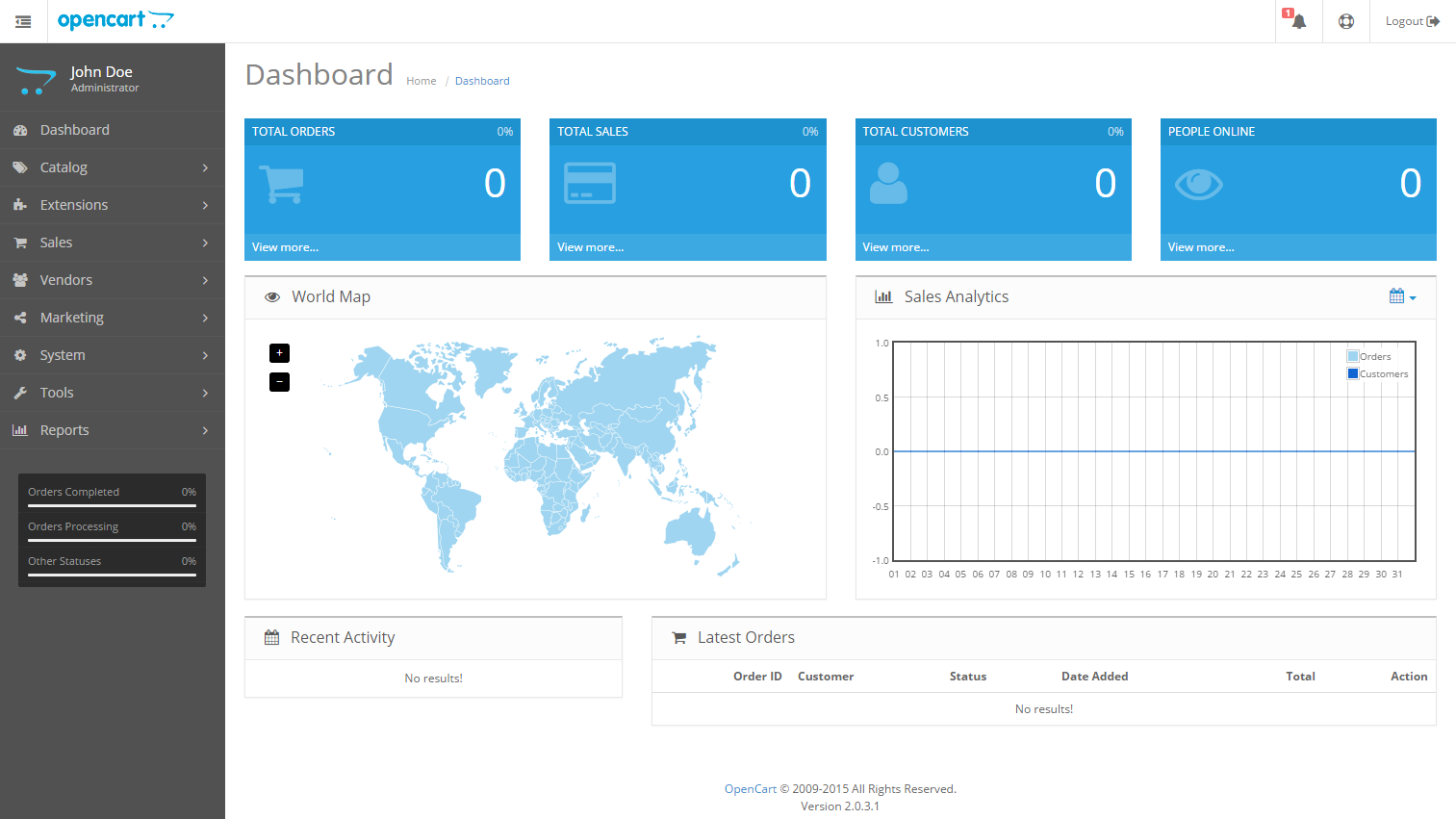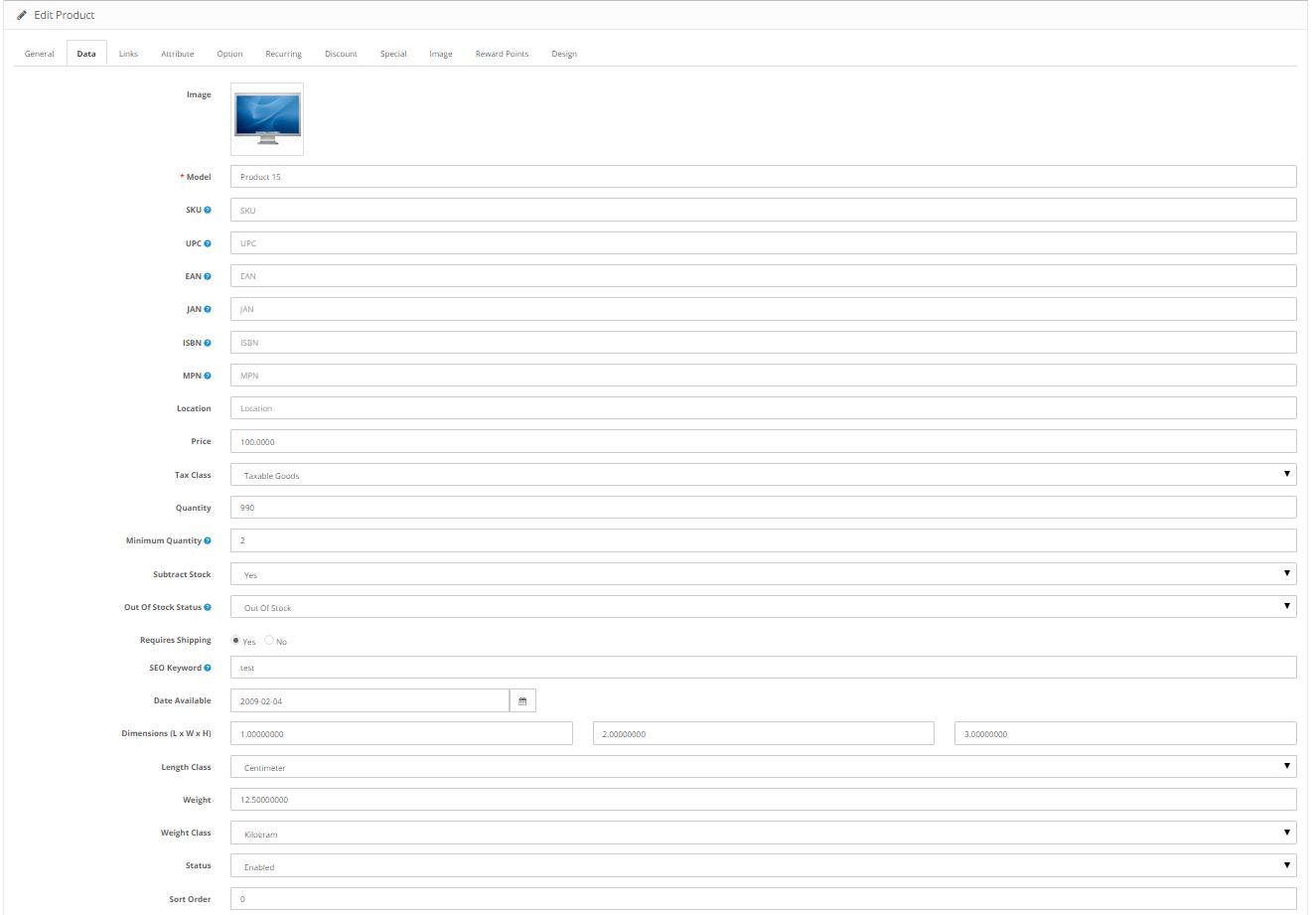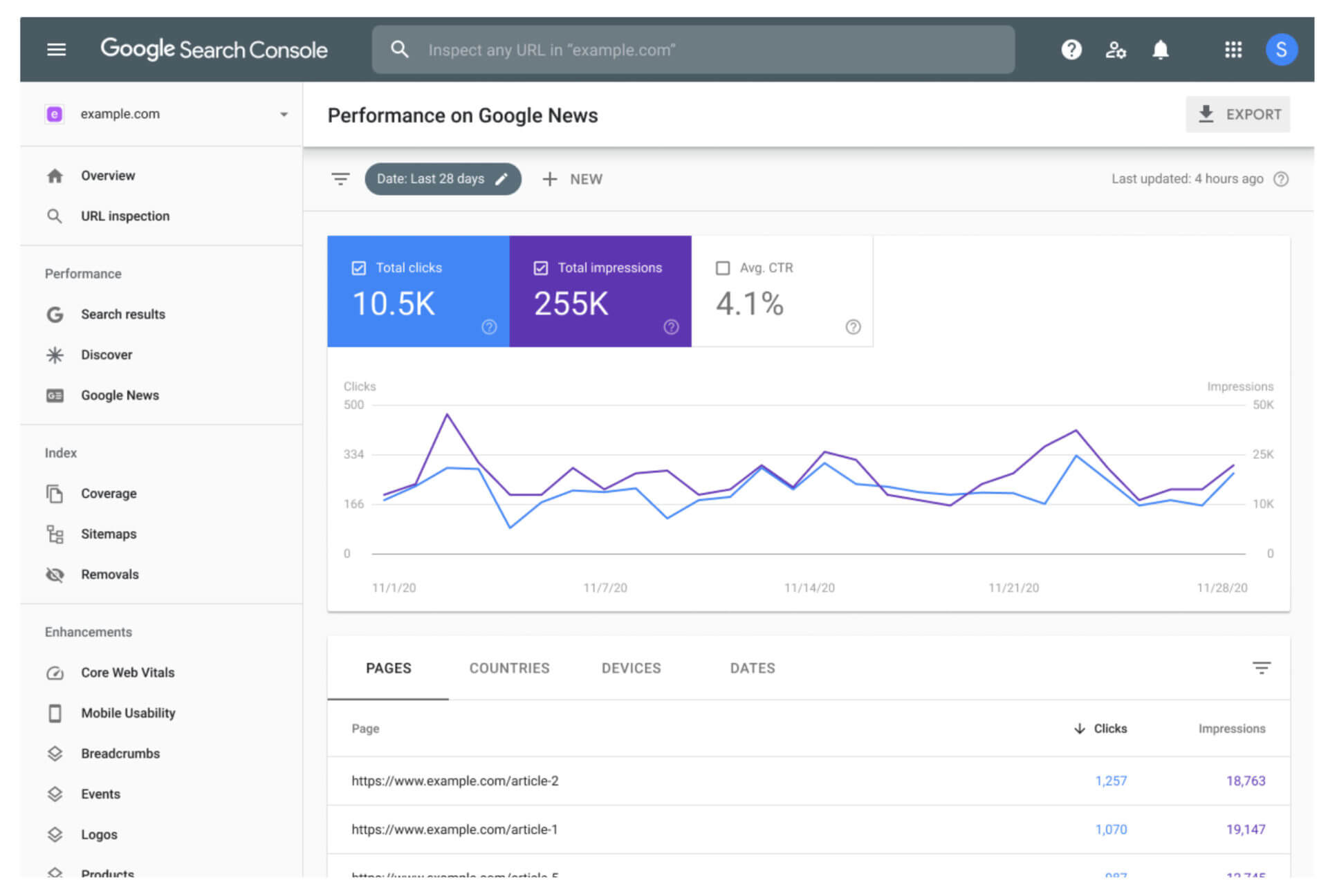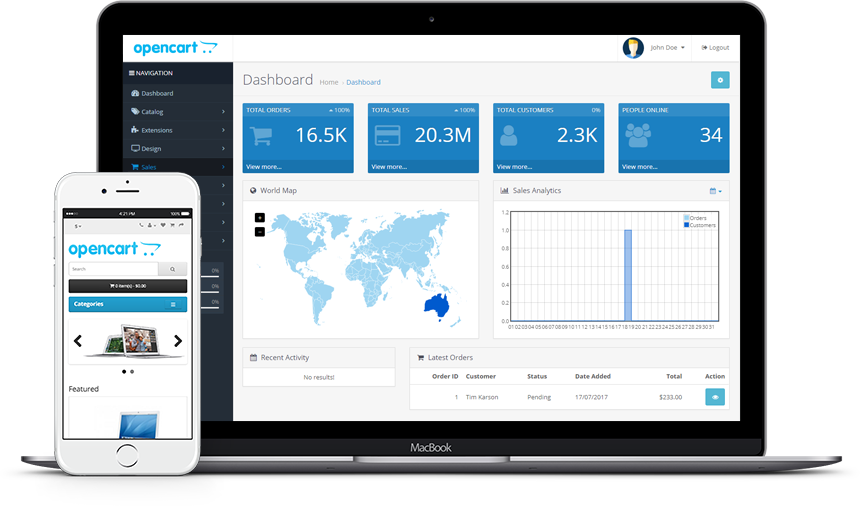OpenCart is a popular and powerful platform for building and managing online stores with hosting by 2020Media.com. However, to succeed in the competitive e-commerce market, you need to optimize your store for search engines and attract more organic traffic. In this article, we will share some tips and best practices on how to optimize your OpenCart store for SEO.
1. Enable SEO-Friendly URLs
One of the first steps to optimize your OpenCart store for SEO is to enable SEO-friendly URLs. SEO-friendly URLs are descriptive and readable, and they help users and search engines understand what your pages are about. For example, a URL like `mystore.com/products/iphone-256gb-space-gray` is much better than `mystore.com/index.php?route=product/product&product_id=40`.

To enable SEO-friendly URLs in OpenCart, you need to do two things:
– Rename the `.htaccess.txt` file in your OpenCart root directory to `.htaccess`. This file contains the rewrite rules that convert your URLs into SEO-friendly ones.
– Go to your OpenCart admin panel and navigate to System > Settings. Click on the Edit button for your store and then go to the Server tab. Under SEO URL, select Yes and then click on Save.
2. Define SEO Keywords for Your Pages
Another important step to optimize your OpenCart store for SEO is to define SEO keywords for your pages. SEO keywords are the words or phrases that users type in search engines to find your products or services. By using relevant and targeted keywords in your page titles, meta descriptions, headings, content, and URLs, you can improve your ranking and visibility in search results.

To define SEO keywords for your pages in OpenCart, you need to edit each product, category, manufacturer, and information page individually. For each page, you can enter a SEO Keyword in the Data tab (for products) or the General tab (for other pages). This keyword will be used as the last part of your URL. For example, if you enter `iphone-256gb-space-gray` as the SEO keyword for a product page, the URL will be `mystore.com/products/iphone-256gb-space-gray`.
You can also use an extension like SEO Backpack to generate SEO keywords automatically based on your page titles or other parameters.
3. Optimize Your Page Titles and Meta Descriptions
Page titles and meta descriptions are the snippets of text that appear in search results when users look for your pages. They are also one of the main factors that influence users’ click-through rate (CTR), which is the percentage of users who click on your link after seeing it in search results. A higher CTR means more traffic and more potential customers.
To optimize your page titles and meta descriptions in OpenCart, you need to edit each product, category, manufacturer, and information page individually. For each page, you can enter a Meta Title and a Meta Description in the General tab. These fields should contain relevant and compelling keywords that describe your page content and entice users to click on your link.
You can also use an extension like SEO Backpack to generate page titles and meta descriptions automatically based on your page titles or other parameters.
4. Avoid Duplicate Content and Use Canonical URLs
Duplicate content is when you have two or more pages with identical or very similar content on your website or across different websites. Duplicate content can confuse search engines and hurt your ranking, as they don’t know which page to show in search results or how to distribute the authority and relevance among them.
To avoid duplicate content issues in OpenCart, you need to use canonical URLs. Canonical URLs are tags that tell search engines which version of a page is the original or preferred one among multiple similar ones. For example, if you have two pages with the same content but different URLs (such as `mystore.com/products/iphone-256gb-space-gray` and `mystore.com/index.php?route=product/product&product_id=40`), you can use a canonical tag to point to the first one as the canonical one.
To use canonical URLs in OpenCart, you need to install an extension like SEO Pack Pro that can add canonical tags automatically to your pages.
5. Optimize Your Images
Images are essential for any online store, as they showcase your products and attract customers. However, images can also slow down your website if they are not optimized properly. Large and unoptimized images can take longer to load and consume more bandwidth, which can affect your page speed and user experience.
To optimize your images in OpenCart, you need to do two things:
– Resize your images to fit the dimensions of your website. You can use an image editing tool like Photoshop or GIMP to resize your images before uploading them to your OpenCart store. Alternatively, you can use an extension like Image Manager Proor Image Resizer to resize your images automatically within OpenCart.
– Compress your images to reduce their file size without compromising their quality. You can use an online tool like TinyPNG or CompressJPEG to compress your images before uploading them to your OpenCart store. Alternatively, you can use an extension like Tinify or Image Optimizer to compress your images automatically within OpenCart.
6. Use a Sitemap and Submit It to Search Engines
A sitemap is a file that lists all the pages of your website and their hierarchy. A sitemap helps search engines crawl and index your website more efficiently and discover new or updated pages faster. A sitemap also helps users navigate your website more easily and find what they are looking for.
To use a sitemap in OpenCart, you need to do two things:
– Generate a sitemap for your website. You can use an extension like Google Sitemap Generator or XML Sitemap Generator Pro to generate a sitemap automatically within OpenCart.
Alternatively, you can use an online tool like XML-Sitemaps.com or Screaming Frog SEO Spider to generate a sitemap manually outside OpenCart.
– Submit your sitemap to search engines. You can use tools like Google Search Console or Bing Webmaster Tools to submit your sitemap to Google or Bing respectively. This way, you can inform search engines about your website structure and content and request them to crawl and index your pages.
7. Monitor and Analyze Your SEO Performance
The last step to optimize your OpenCart store for SEO is to monitor and analyze your SEO performance. You need to track and measure how well your website is ranking in search results, how much traffic you are getting from organic sources, how users are behaving on your website, and what areas need improvement.

To monitor and analyze your SEO performance in OpenCart, you need to use tools like:
Google Analytics : A free tool that helps you measure and understand how users interact with your website, such as how they find you, what pages they visit, how long they stay, what actions they take, etc.
Google Search Console: A free tool that helps you monitor and optimize how Google crawls, indexes, and displays your website in search results, such as what keywords you rank for, what errors or issues you have, what suggestions or recommendations you get, etc.
SEO Backpack: A paid extension that helps you optimize and automate various aspects of your SEO in OpenCart, such as SEO keywords, page titles, meta descriptions, canonical URLs, sitemaps, rich snippets, 404 pages, redirects, etc.
By using these tools, you can get valuable insights and data about your SEO performance and make informed decisions to improve it.
Conclusion
SEO is a vital part of any online store’s success. By following these tips and best practices, you can optimize your OpenCart store for SEO and boost your ranking, traffic, and conversions. Remember that SEO is an ongoing process that requires constant monitoring and improvement. Keep testing and experimenting with different strategies and techniques to find what works best for your store and your audience.
We hope you found this article helpful and informative. If you have any questions or feedback, please feel free to leave a comment below or contact us. We would love to hear from you!

